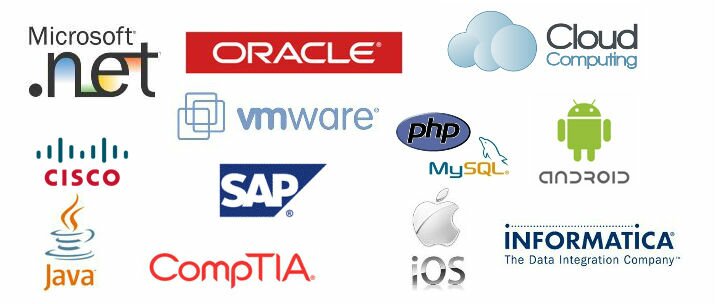sas Training Support
Enquiry : +91 9672234513
Enquiry : +91 9672234514
SaS training Mumbai Reviews
Rating:

Rating:

Rating:

Rating:

Rating:

Rating:


Follow @iclasstraining
SaS Training in our Branches
- SAS BI/Clinical Research/DI Studio Training in Delhi
- SAS BI/Clinical Research/DI Studio Training in Gurgaon
- SAS BI/Clinical Research/DI Studio Training in Noida
- SAS BI/Clinical Research/DI Studio Training in Kolkata
- SAS BI/Clinical Research/DI Studio Training in Chennai
- SAS BI/Clinical Research/DI Studio Training in Ahmedabad
- SAS BI/Clinical Research/DI Studio Training in Pune
- SAS BI/Clinical Research/DI Studio Training in Bangalore
- SAS BI/Clinical Research/DI Studio Training in Hyderabad
- SAS BI/Clinical Research/DI Studio Training in Coimbatore

SaS Training in Mumbai & Base SAS Certification Training Institute in Mumbai
 4.3 out of 5 based on 3954 student ratings.
4.3 out of 5 based on 3954 student ratings.
iClass Mumbai provides real-time and placement focused SAS training in Mumbai . Our SAS programming course includes basic to advanced level and our SAS course is designed to get the placement in good MNC companies in Mumbai as quickly as once you complete the SAS certification training course. Our SAS trainers are SAS programming certified experts and 8 years experienced working professionals with hands on real time multiple SAS projects knowledge. We have designed our SAS course content and syllabus based on students requirement to achieve everyone's career goal. Topics covered in our SAS training in Mumbai includes introduction to SAS, how SAS works, reading raw data into SAS, reading data from a dataset, reading data from a dataset, SAS informats and formats, SAS functions, an introduction to arrays and array processing, by - group processing, overview of methods for combining SAS data sets, SAS procedures, introduction to proc sql, an introduction to SAS macros, the output delivery system (ods), introduction to diagnosing and avoiding errors, advance topics in SAS.
DISCLAIMER UPDATE: iClass Training is not affiliated, associated, authorised, endorsed by, or in any way officially connected with SAS India organisation. iClass do not conduct any SAS training programs, We recommend our visitors and students learn from SAS Authorised training providers in your locations.
iClass Mumbai offers SAS training with choice of multiple training locations across Mumbai. Our SAS training centers are equipped with lab facilities and excellent infrastructure. We have the best SAS Training Institutes in Mumbai and also provide SAS studio programming certification training path for our students in Mumbai. Through our associated SAS training centers, we have trained more than 4103












